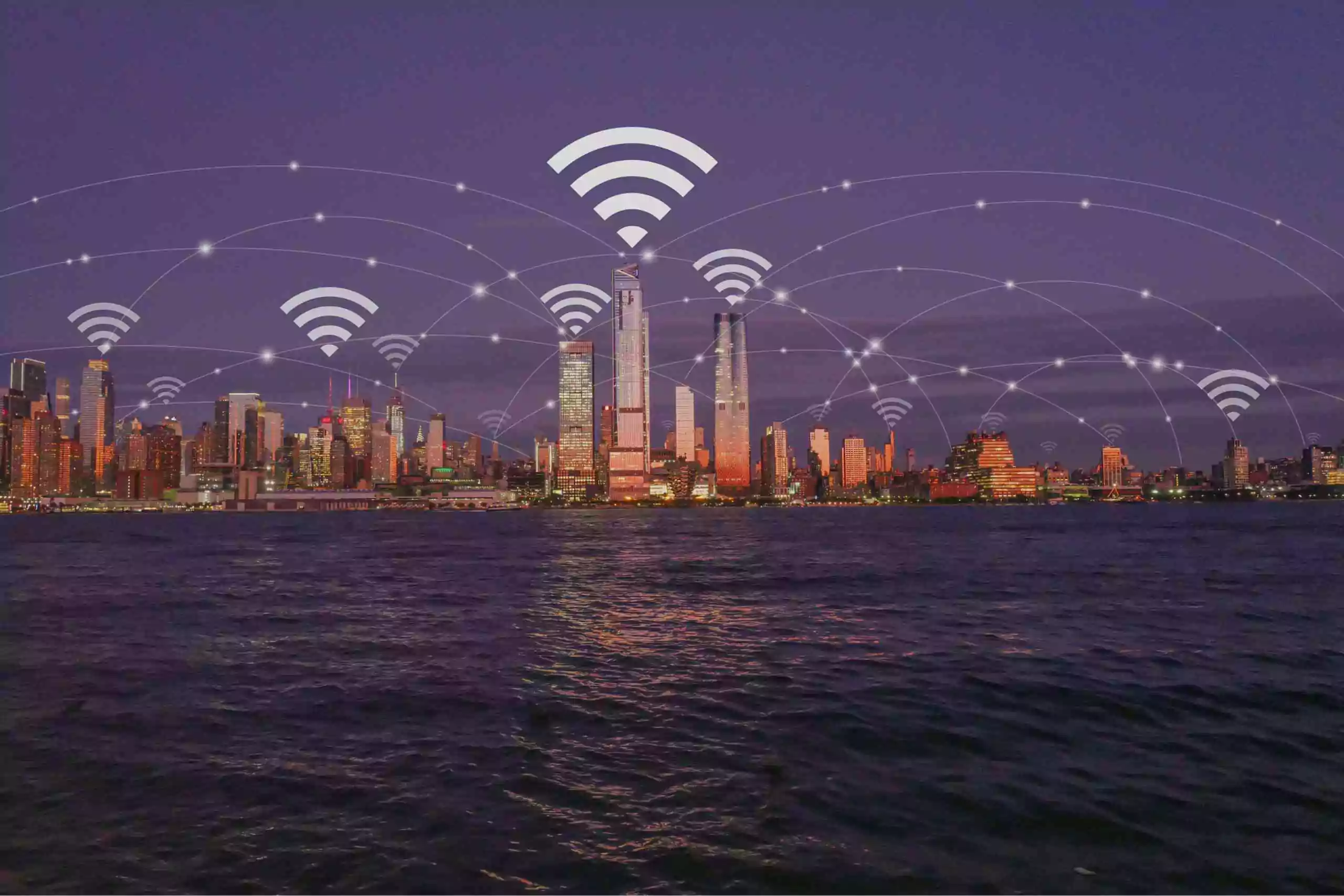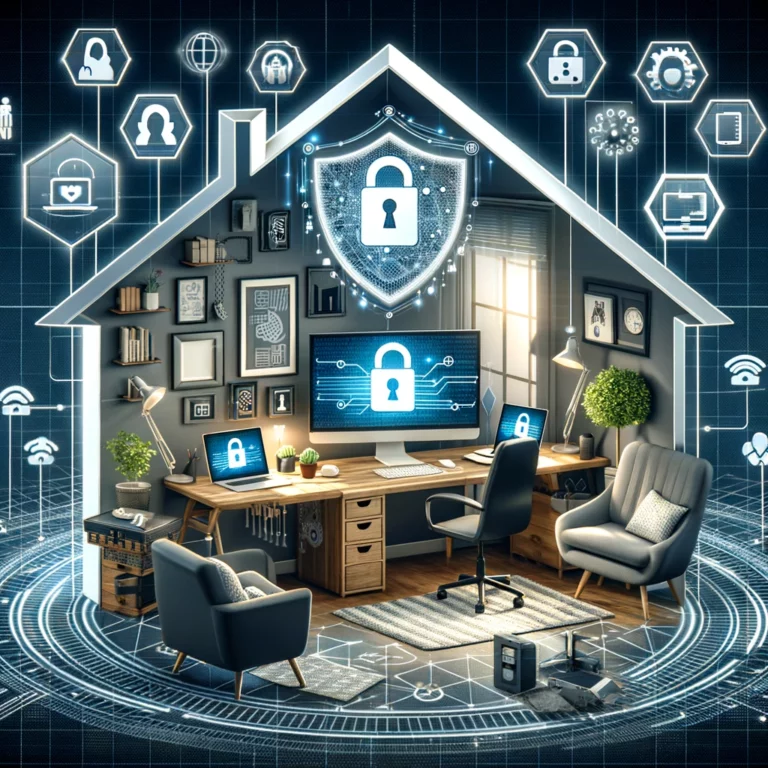5G Rollout: What the New Wave of Connectivity Means for Consumers
The global rollout of 5G technology marks a significant milestone in the evolution of telecommunications. Promising much faster data speeds, lower latency, and greater connectivity, 5G is set to revolutionize how we live, work, and interact. This article delves into what 5G is, the advancements it brings over previous technologies, and the tangible impacts it will have on consumers across various aspects of daily life.
Understanding 5G Technology
5G stands for fifth-generation cellular network technology. It offers substantial improvements over 4G technology, including:
- Increased Speeds: 5G offers significantly higher data speeds, potentially 10 to 100 times faster than 4G, allowing users to download and upload large files within seconds.
- Reduced Latency: Latency, or the time it takes devices to communicate with each other over the network, is drastically reduced in 5G networks, making them highly responsive.
- Enhanced Capacity: 5G can support many more connected devices than previous networks, addressing the bandwidth issues that increasingly crowded networks face as more devices go online.
Benefits of 5G for Consumers
- Streaming and Entertainment: 5G significantly enhances the streaming experience for users by allowing ultra-high-definition and 3D video streaming without buffering. The high speeds and low latency also improve online gaming experiences, supporting faster response times and enabling more complex multiplayer games.
- Smart Homes and IoT: With its ability to connect thousands of devices simultaneously, 5G is a boon for the Internet of Things (IoT). Consumers will see their homes get smarter with more connected appliances, security systems, and home assistants, all managed seamlessly in real-time, enhancing convenience and energy efficiency.
- Telecommunications and Video Conferencing: 5G makes communication more reliable and clearer, with video calls feeling more natural and less prone to delays. This improvement is particularly significant in the context of remote work and education, areas that have seen exponential growth in recent times.
- Healthcare Applications: 5G technology can transform healthcare services by facilitating telemedicine, real-time remote monitoring, and new technologies like AR and VR in medical training. Patients in remote areas can expect better access to healthcare specialists and quicker diagnosis times, potentially saving lives.
- Autonomous Vehicles and Smart Cities: As cities evolve, 5G is expected to play a pivotal role in supporting autonomous vehicles, which require instantaneous data transmission to navigate safely. Furthermore, 5G can enhance other aspects of smart city infrastructure, like improving traffic management and emergency services.
Challenges and Concerns with 5G Rollout
Despite its many benefits, the rollout of 5G comes with its set of challenges and concerns:
- Infrastructure Requirements: Deploying 5G technology is infrastructure-intensive, requiring the installation of many small cells (miniature base stations) to ensure coverage and performance. This can be costly and time-consuming, and not all areas may receive equal attention initially.
- Health and Safety Concerns: The increase in electromagnetic radiation has raised concerns about the potential health impacts of 5G technology. While research continues, leading health organizations currently suggest that 5G emissions are within safe limits.
- Security Risks: The vast increase in connectivity and the number of IoT devices connected to 5G networks also escalates potential cybersecurity risks. Protecting these networks from hacking and data breaches is crucial.
The Economic Impact of 5G
The economic implications of the 5G rollout are vast. According to some estimates, 5G will add trillions to the global GDP over the next decade. Industries like manufacturing, logistics, and retail will benefit from improved efficiency and new opportunities for innovation. Additionally, the development of new services and applications tailored to take advantage of 5G’s capabilities is likely to spur job creation across the tech sector.
Consumer Readiness and Adoption
Adopting 5G requires consumers to have 5G-enabled devices, which are currently more expensive than their 4G counterparts. As the technology becomes more widespread and device costs decrease, adoption rates are expected to increase. Telecommunications companies play a significant role in this transition, as their investment decisions will determine how quickly and extensively 5G is deployed worldwide.
Looking Ahead: The Future of Connectivity
As we look to the future, 5G is expected to be the foundation for the next technological revolution, involving autonomous systems, smart city infrastructure, and next-generation consumer applications. Its full potential will unfold as more devices become connected and more applications that can leverage its capabilities are developed.
The rollout of 5G technology represents a transformative leap in connectivity that will impact consumers in many ways, from how we communicate and entertain ourselves to how we manage our homes and health. While there are challenges to overcome, particularly in terms of infrastructure, health, and security, the benefits in terms of speed, responsiveness, and the ability to connect more devices are poised to significantly enhance our digital experiences. As this technology continues to evolve and become more integrated into our daily lives, it promises not only to enhance current applications but also to enable new ones, redefining what is possible in our increasingly connected world.







